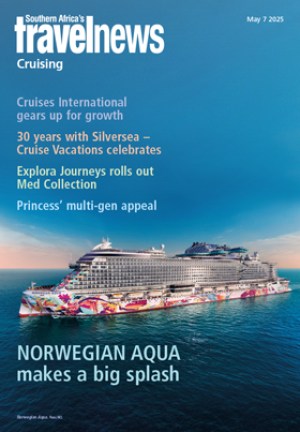An indemnity is on the one hand a safeguard to protect a supplier (this could include the entire supply chain e.g. guesthouses, adventure activities, guides, tour operators, transporters, etc.) from liability that may arising from the provision of goods or services.
It may, however, also refer to the converse: an undertaking (such as insurance) by one party (the insurer/indemnitor) to reimburse the other (the insured/indemnitee) for liability through a cash payment, replacement, reinstatement, or repair.
Such liability can include one or more of the following: losses, claims, damage, loss, injury, illness, death or more mundane issues such as cancelled bookings and the safeguard can be to exclude, minimise or reimburse claims or liability as stipulated in the indemnity.
It may also include more serious aspects such as consequential, financial or economic loss of damage however the cause may have arisen.
Indemnities may also be referred to by other names, such as hold/save harmless agreement, waiver of liability, release of/from liability, or no-fault agreement. Clearly, the use of this wording in addition to the word ‘indemnity’ illustrates the nature of the document i.e. where the supplier is ‘protected against liability’ as opposed to insurance where the insurance company indemnifies the client i.e. ‘incurs liability’ and undertakes by and large to place the client/insured in a position they would have been had it not been for the insured incident/event.
Once this agreement has been entered into, it means the client waives (i.e. ‘gives up’) the right to recover/claim from the supplier the stipulated matter.
It should be borne in mind that in the case of insurance, the cover will be subject to the terms, conditions, exclusions and limitations in the policy. It is therefore imperative, especially in the case of travellers, that they familiarise themselves with the policy before they embark on their trip and not when the insured event or incident occurs.
Where would you find such an agreement? It can be one or a combination of the following: a clause in your T&Cs; a separate indemnity; signage which can be detailed or brief e.g. ‘You enter/participate at your own risk’; a customer briefing and insurance policy.
Finally, the ‘why’ – I believe it is clear from the above that it is a crucial component of the documents used or that apply to any business, regardless of the risks involved, be it for the business or its clients. Ensure that yours is well drafted and ensure that you vet carefully any indemnities that you enter into with any of the parties you deal with.
Disclaimer: Each case depends on its own facts and merits - the above does not constitute advice - independent advice should be obtained in all instances.














